My wife and I absolutely enjoyed the first Dying Light game because of the co-op feature. Roaming around Harran and battling Infected with another player made for an exciting romp. That brings us to Dying Light 2 Stay Human, which releases on February 4. I definitely wanted to get my hands on this game to see if it holds up to its predecessor, as well as other open-world action games and narrative-driven games that have come out recently.
Granted, this Dying Light 2 Stay Human review is primarily based on the single-player experience. Although there was a recent update that enabled co-op multiplayer, Nvidia DLSS, and a whole slew of fixes, it arrived a little too late. As such, these additions didn’t play a factor in my 50-hour playthrough.
The modern-day Dark Ages
Dying Light 2 Stay Human is set 15 years after the events of the first game. Although the Global Relief Effort (GRE) managed to create a vaccine, greed and corruption caused the virus to spread unchecked throughout the world, mutating as the years passed. In this “modern” Dark Age, the remaining humans battle for supremacy in a world torn apart by strife and the undead hordes.
This is where your character, Aiden Caldwell, comes in. Aiden is a Pilgrim, a vagabond who travels the land without a place to call home. He’s also looking for his sister, Mia, whom he thought lost. Bitten by a Volatile early in the campaign, Aiden has to find Inhibitors and stay in the sun/UV light so he can, as the game’s title suggests, “stay human.”
Along the way, you’ll meet the remaining cast of characters, including Lawan (played by Rosario Dawson) and Waltz, a disgraced scientist hell-bent on retrieving the GRE key that Aiden has. Perhaps my only gripe here is that some of the characters and scenes aren’t fleshed out. Some are plain caricatures, others barely have you caring about their motivations, and a few appear but aren’t mentioned again. A good example was when Aiden became emotional and anguished after a squad was killed by infected, a squad that he had only gotten to know during a two-minute cutscene.
The City of Villedor
Villedor, also known as The City, is where most of Dying Light 2 Stay Human takes place. Visually, I have few qualms here. Towering skyscrapers, ruined houses, military checkpoints, and irradiated wastelands dot the massive, open-world landscape. You’ll find a lot of loot stashed around, various challenge tasks, and Inhibitor Containers (used to level up your health and stamina). Likewise, there’s an unrivaled feeling of joy once you obtain the grappling hook and paraglider, allowing you to swoop and zip across distances with ease.
Compared to the Assassin’s Creed franchise where you simply climbed a vantage point to sync and use for fast traveling, Dying Light 2 has numerous points of interest. Nightrunner Hideouts are just places that act as checkpoints and resting areas if you need to switch between day and night. Windmills, meanwhile, have an extra jumping puzzle that you need to do before they can be activated. They’ll then unlock beds, as well as notify you of faction outposts nearby (some of which have vendors or sidequests).
As for metro stations/subways, these are your fast travel points. You have to get past enemies, then turn on all the generators to power up the building. Certain sections could have stamina requirements, too, implying that Aiden would need to jump and climb a lot to get to the top. Lastly, there are facilities or infrastructure that can be assigned to two factions: the Survivors and Peacekeepers (more on them in a while).
At a technical glance
From a technical standpoint, I noticed framerate drops in certain areas of The City. I’d get 15 to 20 fps, enough to cause me to pray that I reach an interior or another area just to stabilize my framerates. To be frank, I have an Nvidia RTX 3080, Intel i9-10900K, and 32GB RAM, and I had to lower my settings ever so slightly to make it more manageable. However, this was also at a point in time we’ve yet to have DLSS and DX12 fixes enabled. Your experience will likely be different from mine given that these fixes ought to be live for the game’s release.
Moreover, you should beware elevators and towers. There were moments when I’d fall through the floor while riding an elevator, or I’d reload a save and fall through textures if the closest respawn point was a tower hideout (dying once you hit the ground miraculously fixes this). And, yes, there were the occasional crashes that proved to be annoying.
Parkour mechanics in Dying Light 2 Stay Human
The original Dying Light gained renown for combining parkour mechanics and first-person gameplay. The sequel capitalizes on that, but your stamina is limited by the Inhibitor Containers that you’ve used for upgrades. You’ve still got several moves at your disposal, such as wall-running (horizontally and vertically), monkey bars, airbags, ziplines, the use of the aforementioned grappling hook and paraglider, and a ton of jumping puzzles. The more often you use athletic moves, the more parkour XP you gain to unlock additional skills.
However, there were still janky moments. For instance, there were times when I knew I pressed the buttons for a vertical wall run, but my character would just slip. Alternatively, I could use monkey bars to swing to another part, but there were spots where Aiden would just (stupidly) jump sideways. And, there were cases when I could leap over the heads of the enemies, and cases where that simply didn’t work with Aiden awkwardly bumping into Infected. I couldn’t tell if this was due to input delay owing to framerate drops or something else entirely.
Combat mechanics in Dying Light 2 Stay Human
Dying Light 2 Stay Human still has a focus on melee combat that players have come to enjoy. You’ll see an assortment of weaponry, ranging from blunt weapons like pipes and hammers to sharp blades, katanas, and axes. They tend to break down the more you use them and, as of now, your only recourse is to add mods to increase durability. You’ve also got throwable items like mines, decoys, grenades, knives, and Molotov cocktails.
Sadly, combat can become repetitive and tedious down the line. At the start, I was wowed by each weapon type’s weight or “oomph,” with impactful swings, bone-crunching smashes, and vicious slices. After dozens of hours passed, I was merely going through the motions.
Still, perhaps that focus on melee combat was a bit much, as firearms have been completely removed from the game. This can be a deal-breaker for some (and it definitely disappointed me). It might make sense from a lore standpoint, considering that these are the modern Dark Ages. Unfortunately, that reasoning also falls flat when you’ve got mods that can generate electricity and high-tech items like biomarkers. If they have those, then surely someone still remembers how to make gunpowder or repair guns.
At the very least, you’ll find bows and crossbows from time to time. This might be why the inclusion of firearms would be moot, as bows already trivialize so many encounters. For example, there are GRE Anomalies where you need to eliminate Revenants before you can pick up an Inhibitor Container. I mostly just stayed on a raised platform to shoot that target and kill it within seconds.
That brings us to combat AI, which needs a few tweaks. Villedor is supposed to be a city filled with camps and outposts. But, there were only a handful of times when I’ve seen human NPCs fighting undead on the streets. Worse, there were instances when I would see Peacekeepers chilling on one rooftop, while Renegade bandits relaxed on the adjacent roof (they only started fighting once I aggroed the bandits). Then, at night, deadlier Infected variants roam the land. But, they turn into chumps if you find raised areas, wooden beams, or scaffoldings that they can’t reach.
Choices and consequences
Dying Light 2 Stay Human presents several opportunities where your choices will greatly affect the outcome of quests or the campaign at large. In the case of facilities, these are utility or infrastructure buildings that you can assign to either the Survivors or Peacekeepers. You’ll then receive a reward that adds functions as you explore. For example, the Survivors might add more airbags on the road or two-way ziplines between buildings. Meanwhile, if you choose the Peacekeepers, you’d be able to trigger car traps or Molotov bombs that can decimate hordes.
Important decisions, though, have an associated timer. Your decisions here may have short-term or long-term consequences. I remember making a choice to ask for one character’s help. Little did I know that it would cause a hub location to get attacked by Peacekeepers. That result is that several NPCs disappeared, and at least a couple had sidequests. Although the area became accessible again much later, I actually second-guessed myself when those repercussions became known.
Unfortunately, choices and consequences are tied to what I feel is Dying Light 2‘s most egregious error: having only one save file for the entire campaign. And it’s an autosave at that (no manual saves at all). It’s akin to its predecessor, only compounded by the branching paths in the sequel.
In narrative-driven RPGs with branching parts, you could have multiple save files to replay sections and see different outcomes (i.e., Wasteland 3). Alternatively, there are certain games/series where you can replay chapters, though you still need to rewatch scenes (i.e., The Dark Pictures: House of Ashes). Dying Light 2 Stay Human eschews those ideas, instead opting for an extremely restrictive system that forces you to replay the entire campaign from the beginning if you want to see all possible outcomes.
Perhaps that’s why Techland claimed that it would take up to 500 hours to get 100% completion. If you only have a single autosave, then you have no choice but to start from scratch. Granted, there’s a save file in your My Documents folder, but this only updated whenever I launched the game so I had doubts about using this as a backup.
What’s next?
Overall, I did find Dying Light 2 Stay Human enjoyable for a stretch of time. I loved exploring every nook and cranny in Villedor. Likewise, I felt the adrenaline rush of nighttime chases and the tension whenever I tried to sneak past the undead in quarantine facilities. I also had no problems with progression since I was obtaining Inhibitor Containers and gaining skill XP often.
My main concerns were related to technical woes, janky mechanics, and the restrictive save system. The first one should be fixed in time for release and, as mentioned, your launch day experience might be different with those updates in mind. The second is mostly about getting used to those issues, and, hopefully, they’d get tweaked later on. The third is a core component, which may or may not be contentious depending on how you approach the game. Since I’m also a guide writer, it’s tough when I have to redo entire campaigns just to see the differences between Option A and Option B.

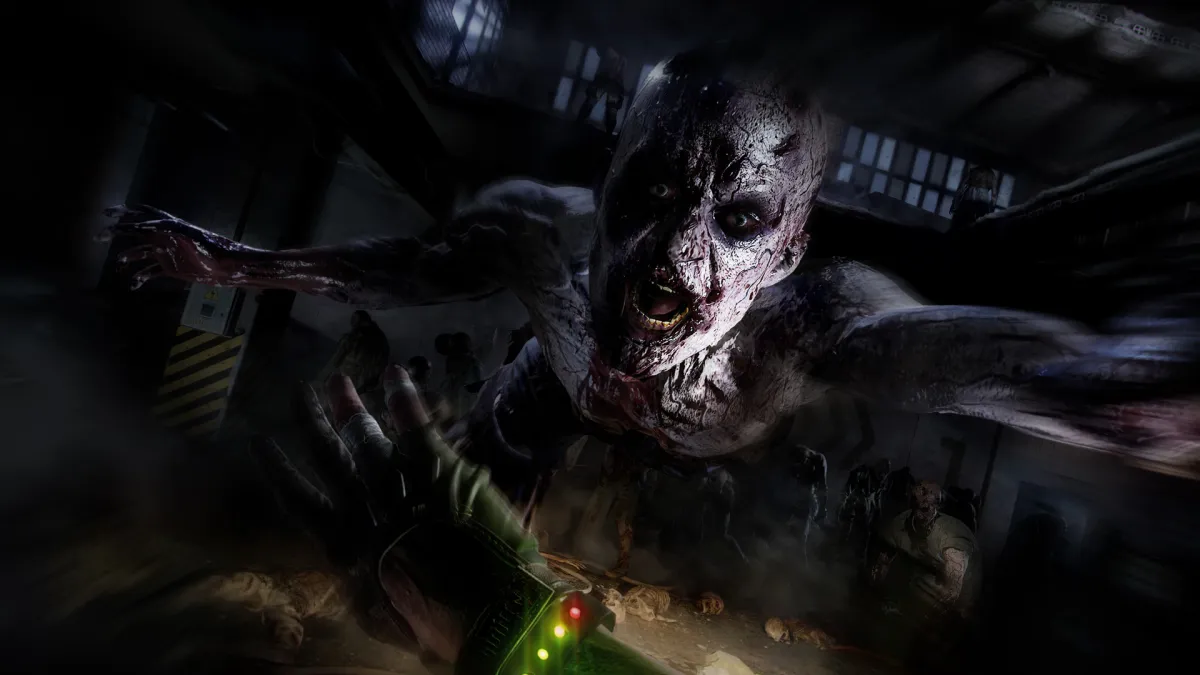
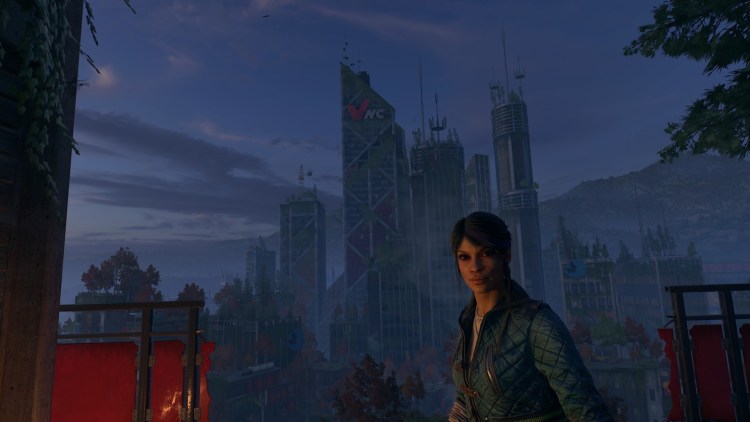
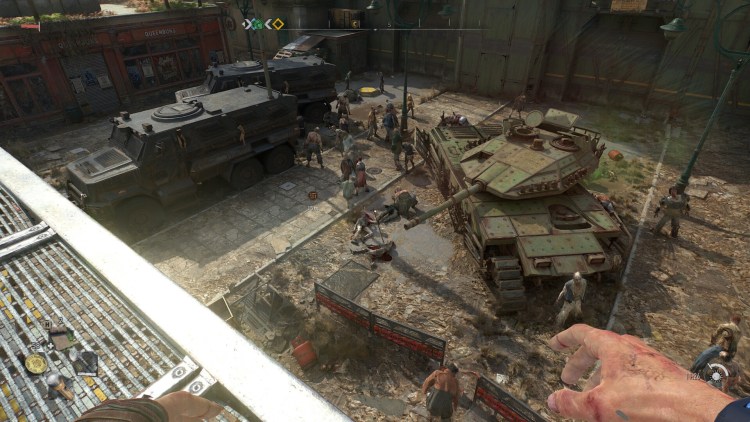



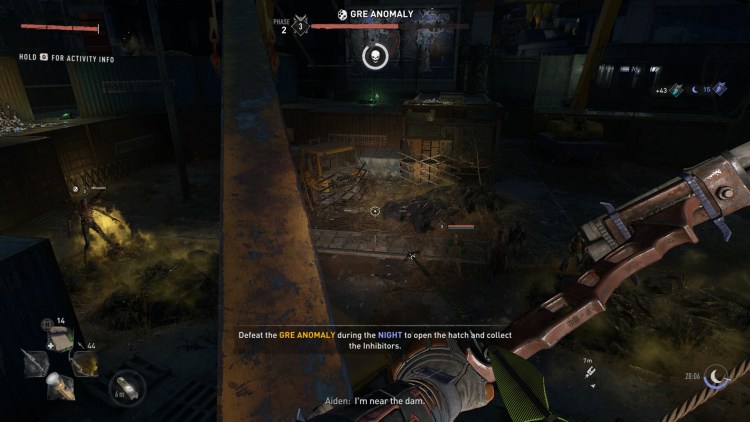

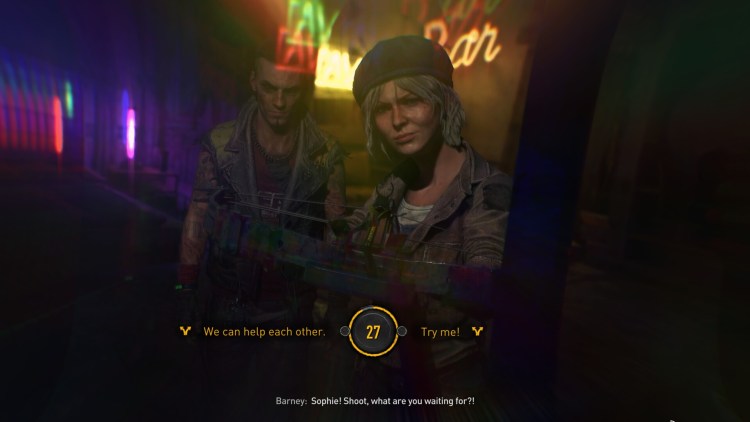
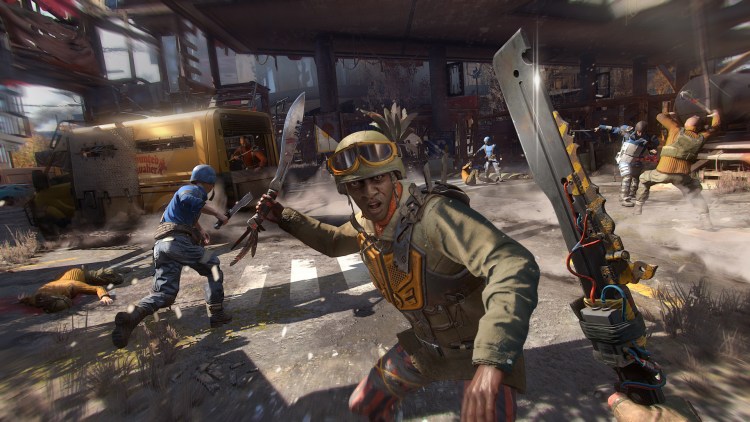





Published: Feb 2, 2022 10:00 am